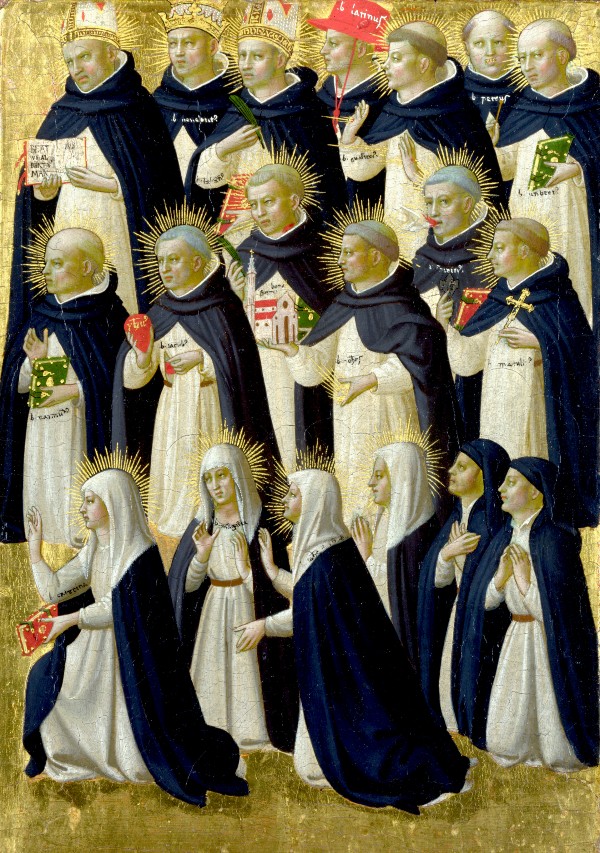To venerate is to regard with reverential respect or with admiring deference; to honor (as an icon or a relic) with a ritual act of devotion.
As you can see above, veneration is not worship. Nor do we believe that relics contain magical powers. We do however, believe that God’s holy work is accomplished through good and holy people like our great saints. We believe that even death, as Jesus proved on the cross, cannot thwart God’s plans and God’s work continues through the saints even after their death.
Apart from countess miracles that have come to pass in association with these holy reminders over the centuries, relics also serve as our connection to our past. They are reminders that our saints are not simply names in a book or make believe people. They were real, living and breathing people just like us who struggled with many of the same difficulties and doubts that we live with every day. But through it all they remained true to God’s grace and God’s love and God’s work in their lives. The remind us of the reality of the Communion of the Saints.
Relics also remind us that one day too our bodies, just like Christ’s, will be resurrected. This should lead us to remember to revere the beauty and complexity of God’s great gift of the human body to and lead us to respect our bodies and the remains of the deceased.
A faithful person may choose to rely on personal or communal Catholic Devotions to grow in her or his faith in addition to the Church’s’ regular liturgies such as celebration of the Mass or the Sacrament of Reconciliation. This practice may include things like the Novenas we pray here at the Dominican Shrine of St. Jude, Eucharist adoration, or regularly praying the Rosary. Some people wear one of the different scapulars, join the Legion of Mary, or adopt one of our great Saints–like St. Jude Thaddeus–as partner in prayer, often referred to as “praying to the Saints.”
When Catholics say something like “pray to St. Jude,” we do not in any way mean or imply worship of the saint. We worship God ALONE. We simply ask the saints to pray with us and for us to God in exactly the same way we ask our friends and family to pray for us here on earth. We firmly believe saints dwell with God in heaven and hold them up as examples of all the possibilities which lie before us.

